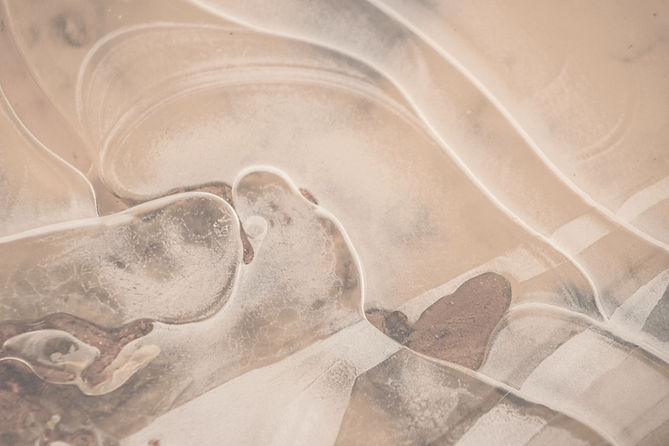
The Physics of Rowing
As a rower, I know personally all the different aspects of rowing including the stroke itself, the feathering, and the force used with other people to push the boat forward.

The Basics
To start, each boat typically has eight rowers and one coxswain, who guides the boat. Each rower places their blade in the water and pushes the water using their legs (with some help from the body and arms), exerting a force by transferring the power from their legs into pushing the water in front of them. They do this via an oar, which rotates in about 150-degree cycles, pushing the water, then rotating horizontally to reduce air resistance and splashing, then gets placed back into the water so another stroke. These oars pivot on riggers so that they are able to repeat this cycle until the end of the race.
The Stroke
As the rower takes a stroke, they must accelerate through the drive, increasing their velocity, while also hanging their mass successfully onto the oar, effectively transferring as much mass as possible onto the oar itself, in order to generate the largest net force, much like Newton's Second Law, which claims an increase in acceleration and mass can cause an increase in net force. Additionally, the rower must remember ratio, which is to change their velocity throughout the stroke, slowing down effectively in the recovery in order for them to increase their velocity as much as they can throughout the drive, while keeping the stokes per minute, or stroke rate, as effective as possible. Each rower need adequate time to recover, so this longer recovery allows for that. This also means the rower's momentum is always changing, because their velocity is always changing. Their momentum may be consistently only up and only down the slide, but up and down have two different distinct velocities, which change momentum because p = mv. If done correctly, the momentum should be consistent every single stroke up the slide and every single time down the slide, but this is hard to accomplish.

The Graphs of the Stroke

With these graphs you can clearly see how the stroke works, after heavily accelerating, you revert back to the original position of the stroke. The recovery should take a longer amount of time, but they can be equal in some cases. This two part series repeats over and over again. Since the rower goes back up the slide, the velocity becomes negative as it goes in the opposite direction.
Forces and Energies Used

The forces of mainly your legs, as well as smaller forces from your back and arms, is transferred with the oar in order to push the water, and consequently, push your boat. Additionally, you use your hands to prevent the oar from flying into the air, and it pushes back as a Newton's Third Law pair. Since you are always moving during a race and throughout your strokes (you never stop even at the finish), the only energies used are kinetic energy and chemical energy. In the beginning of race, it is only chemical energy, but turns into kinetic energy and increases as more and more chemical energy is converted.
Extended Free Body Diagrams

There are several free body diagrams for the different parts of the stroke. There is always the normal force and the gravitational force of the rower, as well as the force of the oar against the hands and the force of the hand against the oar to keep it level. The finish and the catch (the beginning of the stroke), have the same forces. During the stroke, the rower exerts a force with his/her/their legs against the foot boards, and uses his/her/their arms and body from the center of mass to further pull back the oar. In recovery, the rower goes back up to the catch, exerting a force from the center of mass.
Rotation in Rowing
Rotation can be seen in rowing through the act of feathering. Feathering is when, during the recovery, a rower will flip their oar parallel to the water in order to decrease air resistance and the chance of catching crabs, a rowing mistake in which someone's oar gets inserted at the wrong angle, trapping it underwater. Rotation happens as you exit the water and in the last quarter of your recovery. Therefore, the rotational velocity during the drive is zero, up until the very end, where the oar rotates 90 degrees. this happens pretty quickly and efficiently, meaning the angular velocity and therefore acceleration is constant (zero for angular acceleration).
